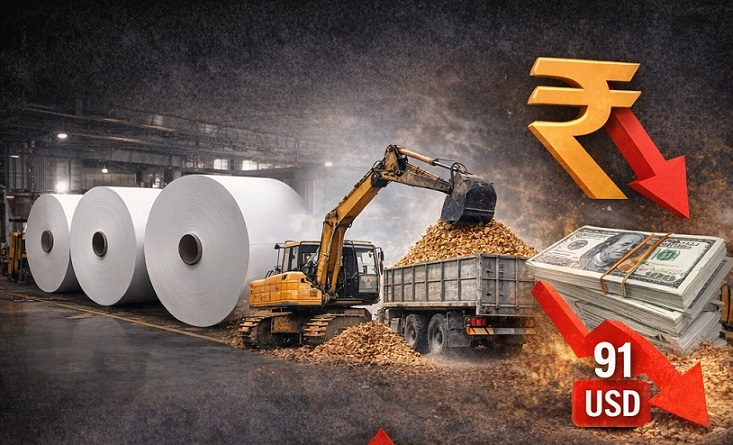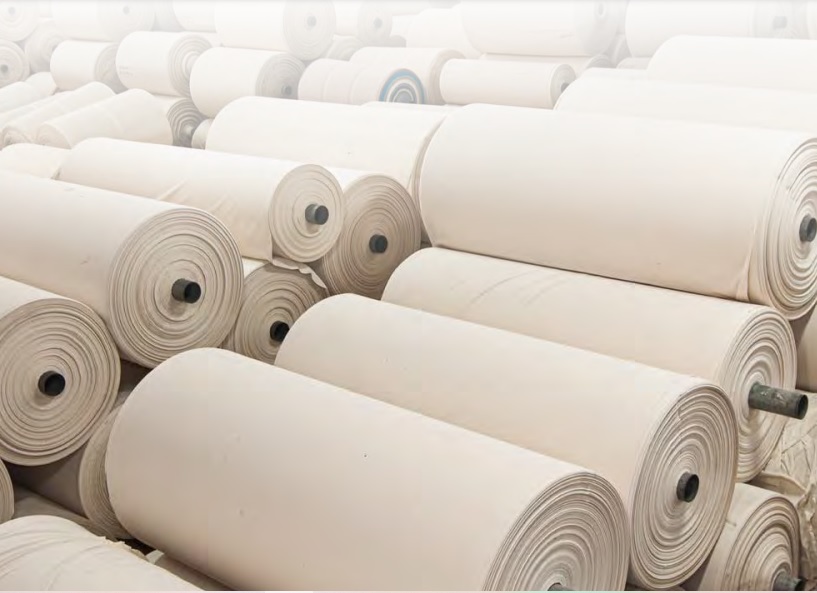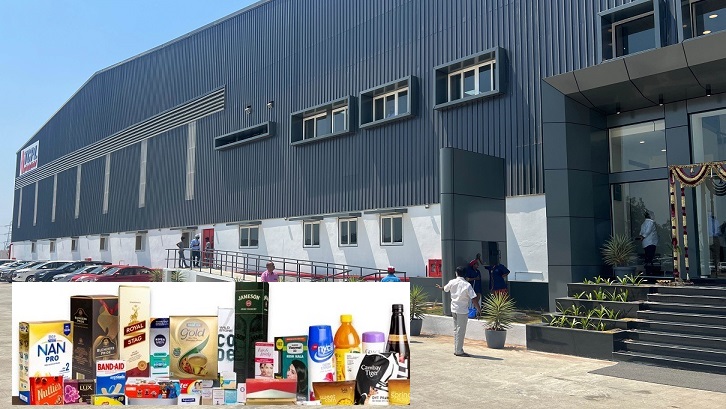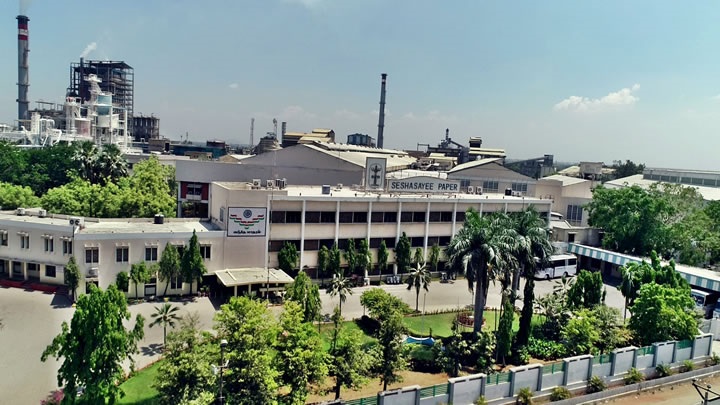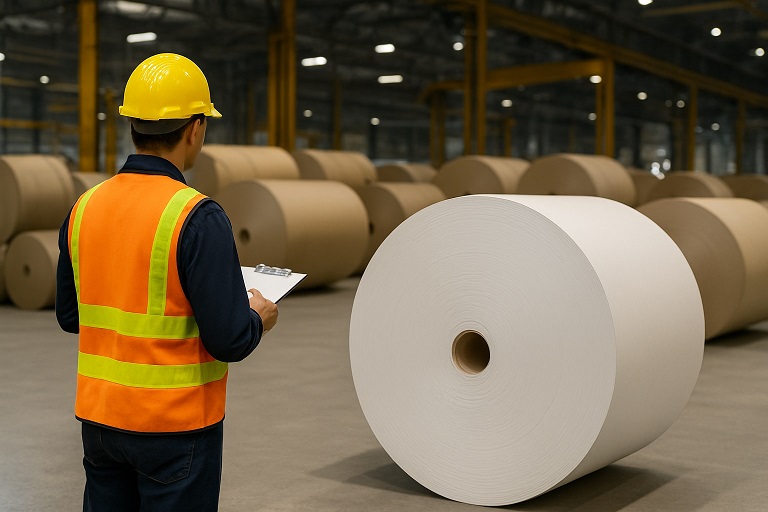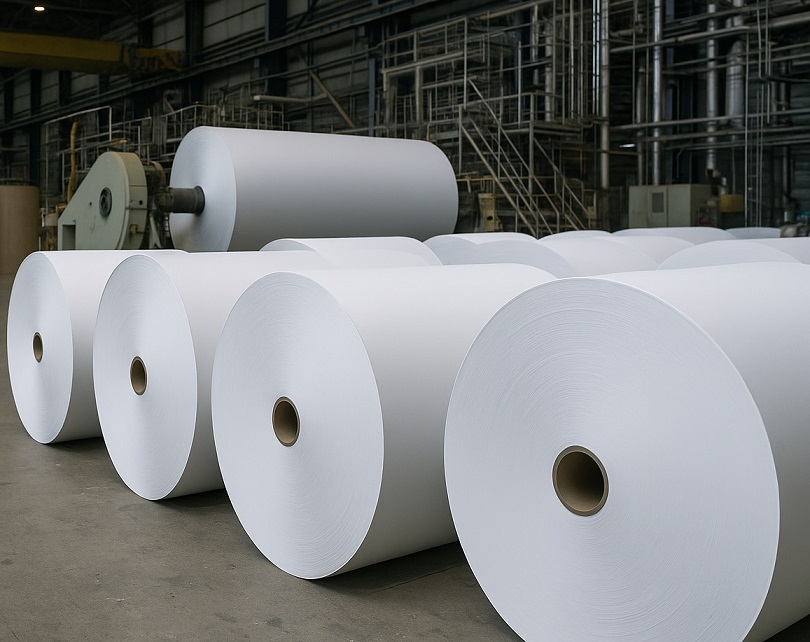“Indian paper mills need to seize the moment to transform themselves and bring a new level of strategic thinking to their business”
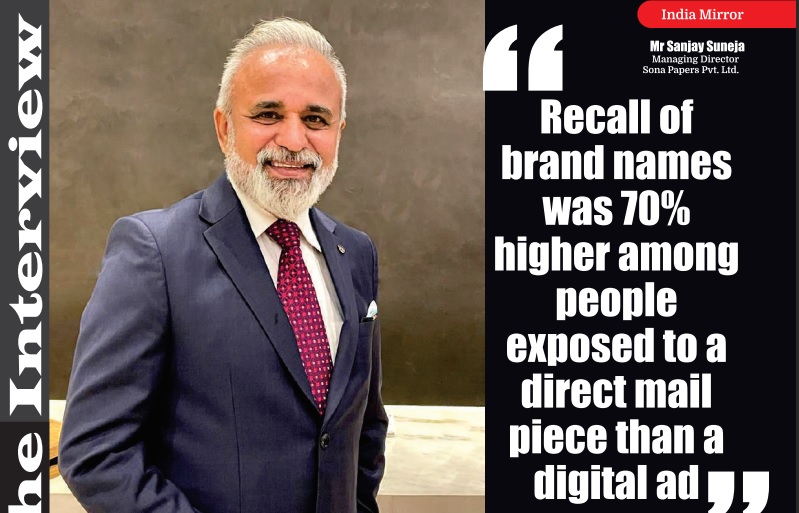
“Indian paper mills need to seize the moment to transform themselves and bring a new level of strategic thinking to their business”
- Use of pulp and the climate of a particular country can have an impact on the characteristic of fine paper
- Recall of brand names was 70% higher among people exposed to a direct mail piece than a digital ad
- Brand managers and designers are seeking fine papers in their print collaterals and in packaging to stand out in the already crowded market
The Indian fine paper market is undoubtedly one of the fastest-growing areas. People may believe that with the rise of digital marketing and social media, the printing industry will become obsolete; however, we strongly believe that print and digital mediums will coexist! The Pulp and Paper Times spoke with Mr. Sanjay Suneja, Managing Director, Sona Papers Pvt. Ltd., about the fine paper business. Mr. Suneja gave his perspectives on fine paper and its characteristics, with a focus on the transformation of Indian paper mills and the future scenario of fine market growth. Here is his point of view:
April 2023 | The Pulp and Paper Times:
Q: please give us a small introduction of Sona Papers.
Sona Papers has been synonymous with premium quality fine paper for more than half a century now. With offices & sales network across India, South East Asia, UAE, Middle East& part of North Africa, Sona has been catering to the needs of the paper connoisseurs. Sona’s offering covers the entire spectrum from textured, metallic, colored, and whites to the recycled and have been preferred by designers, corporates, and printers. Sona is India’s first multisite FSC certified fine paper company but it is not the certificate that makes Sona the uncontested choice, for Sona stands for anything humane that touches lives and makes memories.
Q: How do you analyze the post-COVID situation for fine paper market in India? Don’t you think that 2023 is bringing a slump in demand? Is the fine paper business also getting affected due to inflation?
There is always an opportunity in a situation. One needs to have courage to face the situation and find a way ahead. When everyone was crying for business downfall, we were eying on the opportunities. In fact, the phenomenal growth in the packaging domain especially post-pandemic, substantiated our belief. In spite of the turbulent times, the growth prospect of paper and board consumption in India remains intact. The paper consumption is expected to grow at 6-7% per annum as perthe latest CAGR. The advanced technology-supported short-run printing machine will play amajor role in the proliferation of Speciality papers. Not only in the metro, but in tier II and Tier III cities as well because of the growing infrastructural support from the government. Brand managers and designers are seeking fine papers in their print collaterals and in packaging to stand out in the already crowded market. These fine papersserve the purpose of the brands and designers.
Q: Fine paper is a risky business; how does Sona Paper manage this ‘trauma’ in its day-to-day business?
Risk is really the synonym of any business! We at Sona, literally follow a policy of 'keep going so as to keep growing". Whenever you see an unfavourable situation looming, the single most important thing we do is to take immediate action. Sometimes we can be a little like a deer in headlights, not quite believing what is going on, frozen on the spot. The problem remains a problem if we don't leap into action; we always accept the challenge and start working towards achieving the end result.
Q: China is also one of the exporters of Fine and coated paper to India, but due to the pandemic and hike in freight charges and non-availability of shipping containers increased the price in the domestic market. What is current situation on the export from China?
We do not have any trade link with China
Q: Commodity papers like art and maplitho are a need, fine papers are a desire, and don’t you think that digital advent will obsolete the printing business in the long term?
With the rise of digital marketing and social media, people may think that the printing business may be obsolete, however, we strongly believe that Print & Digital mediums, both will coexist! Especially in the Luxury domain. Many researchers have found that direct mail (designed using a piece of paper) is easier to process and more effective for brand recall. In fact, recall of brand names was 70% higher among people exposed to a direct mail piece than a digital ad. It is for sure that if done properly, colourful & tangible print marketing collateral provokes more emotions than static online advertising.
Q: India has big paper production capacities in WPP, Kraft and duplex segments, but in luxury paper segment, we are far behind. How can Indian paper mills increase its share in fine paper segment? If not then why?
Unfortunately no Indian paper mills are making fine papers. We strongly believe Indian paper mills need to think more strategically, aim for excellence in manufacturing, bring marketing orientation to a large extent. To gain momentum in the luxury paper segment, Indian paper mills need to seize the moment to transform themselves and bring a new level of strategic thinking to their business.
Q: Can you estimate the consumption of Fine paper in India in volume and its growth in the next five years
The Indian fine paper market is undisputedly among the fastest-growing segments. Giving paper consumption growth projections, Mr. Sanjay Suneja (MD-Sona Papers) hailed the Govt.’s economic initiatives as the catalyst for paper consumption growth. It is difficult to predict the exact growth of fine paper consumption in India in the next five years, as it will depend on a variety of factors such as economic conditions, government policies, and technological advancements. However, it is worth noting that India's fine paper industry has been growing steadily in recent years. This suggests that there will be continued demand for fine paper in the country in the coming years. However, it is likely that fine paper will continue to be used in a variety of applications such as printing, packaging, and writing, which could contribute to its continued consumption in India.
Q: Sona Paper has a strong presence in the B2B segment and was planning to explore B2C segment through a couple of new products. Please shed some light on this.
We have taken a strategic decision to focus on the B2B segment only. We are confident that this will help us meet our goals in the long run. As a result, we are not planning to get into the B2C segment at this time.
Q: Fine paper has different high end printing applications such as calendar printing paper, hang tags paper, wedding card paper, corporate brochure, embossed invitation paper etc. Sona Paper Imports fine paper from different paper mills situated in different countries. Do you think that pulp using in making fine paper and climate of particular country has impact on the ‘characteristic’ of fine paper
Yes, both use of pulp and the climate of a particular country can have an impact on the characteristic of fine paper. The type of pulp used in papermaking can significantly affect the properties of the resulting paper. For example, hardwood pulp and softwood pulp have different fiber characteristics and therefore result in different paper properties. Hardwood pulp tends to produce a smoother, more opaque paper, while softwood pulp is often used to produce a stronger, more durable paper. In addition, the climate of the country where the paper is produced can affect the production process and the resulting paper. Factors such as temperature, humidity, and air quality can all impact the production of paper. For example, in humid conditions, the paper may absorb moisture and become softer or more flexible, while in dry conditions, the paper may become brittle or more prone to cracking. Overall, the combination of pulp type and climate can play a significant role in determining the characteristic of fine paper, including its texture, strength, and durability.
Q: Govt. of India has brought the Import of Paper under Paper Import Monitoring System (PIMS) from 1st October. This order shall be applicable to a range of paper products, such as newsprint, handmade paper, wallpaper base, duplicating paper, coated paper, uncoated paper, and other grades of paper. Do you think this step will bring relief to domestic paper manufacturers? Trade Bodies call PIMS a ‘CURB’ on imports and do not provide a level playing field. What is your stand on this?
The primary objective of PIMS is to track imports of a range of paper products, including newsprint, handmade paper, wallpaper base, duplicating paper, coated paper, uncoated paper, and other grades of paper. The system aims to prevent the import of low-quality or sub-standard paper products into the Indian market, which can harm the domestic paper industry and pose a risk to consumers.The success of the PIMS system will depend on how effectively it is implemented and how well it balances the interests of domestic manufacturers, importers, and consumers.
Q: Correct us if we are wrong, but can agro residue-based paper use in high-end printing application?
Agro residue-based paper can be used for high-end printing applications depending on its quality and characteristics. Agro residue-based paper is generally made from agricultural waste materials such as wheat straw, sugarcane bagasse, and rice husk, which are renewable and eco-friendly alternatives to conventional wood-based paper. We will leave this to your R&D team to explore the reports and educate us.
Q: What are Sona Paper’s offerings in high-end printing segment?
Sona Paper offers a range of high-end printing papers that cater to the needs of various printing applications such as Coffee Table Book printing, Premium packaging, Tags/Lable Printing, Brochures/Catalogues and Premium edition printing, and more. Some of their offerings in the high-end printing segment include coated papers, textured paper, metallic paper, recycled paper, coloured paper and so on. We also offer customized solutions for specific printing requirements, working closely with clients to understand their needs and provide appropriate solutions.
Q: Please describe any other new development in Sona Paper, if any
We are excited to announce that we have partnered with Fedrigoni Paper Mill, a leading paper mill based in Europe. This partnership marks a major milestone for us and we are incredibly proud to be associated with a company that has a long-standing reputation for producing sustainable and high-quality paper products. As part of this partnership, we will be marketing Fedrigoni's sustainable range of products in India. We believe that this will be a great opportunity for us to offer our customers a wider range of sustainable options while also contributing to the environment. We are confident that this partnership will be mutually beneficial, and help us achieve greater success.
Web Title: “Indian paper mills need to seize the moment to transform themselves and bring a new level of strategic thinking to their business”





 Join WhatsApp Group
Join WhatsApp Group Join Telegram Channel
Join Telegram Channel Join YouTube Channel
Join YouTube Channel Join Job Channel (View | Submit Jobs)
Join Job Channel (View | Submit Jobs) Join Buy Sell Channel (Free to Submit)
Join Buy Sell Channel (Free to Submit) Paper News Headlines Channel (Free to read)
Paper News Headlines Channel (Free to read)




